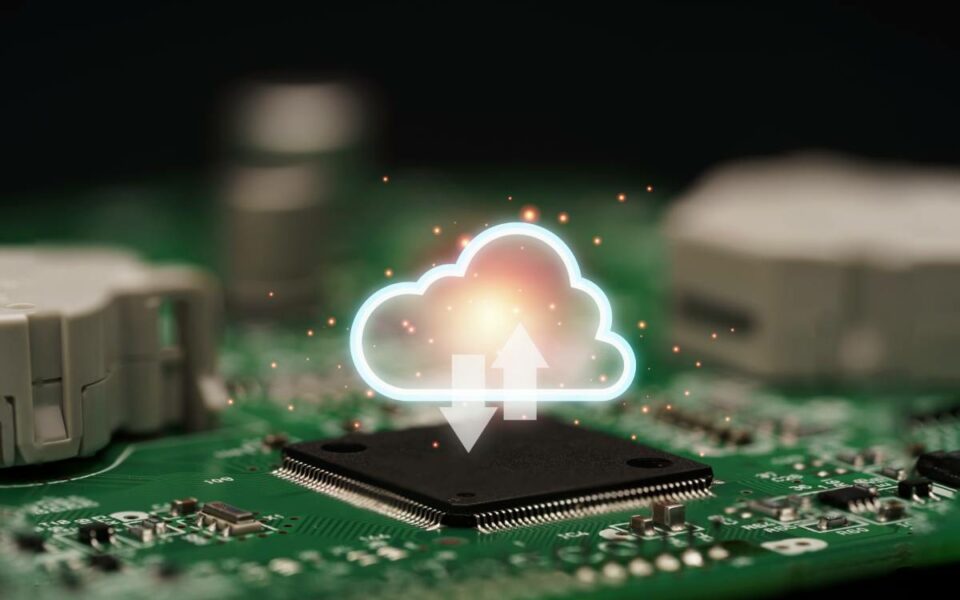
How to protect your E – commerce?
4 September 2020
Google and update the BERT algorithm, and match the story
2 October 2020
Data mining on social media has become an essential strategy for understanding current trends, culture and online business. The increasing availability of data about users and their online behavior, decreasing costs of collecting, storing and processing data, and the exponential expansion of the social media platforms from which most of this data comes to mean that an increasingly diverse range of factors can extract social data. The process can include simply counting likes and shares of content on social media, or a more advanced analysis of their strength, sentiment, passion, reach, and other quantifiable attributes. The metadata behind social media content is also widely exploited and considered by some to be more valuable than the content itself.
Data mining on social media is carried out by the main platforms themselves, commercial agents or with tools which are free for everyone. Social media data analysis methods promise powerful new ways to get to know the public and capture what they say and do. Access to these methods is not yet equal, and large corporations and governments normally have the best access to data and analytical tools. Critics warn of the many worrying consequences for public opinion, which arise from the growth and spread of data searching: less privacy, more supervision and social discrimination, and new ways to control how society is represented and understood. In the meantime, tools and systems which generate knowledge from social media data are typically as clear as a mud and are rarely open to public oversight and surveillance.
Data mining is a tool to make sense of social media. That’s a way of keeping track of what people are talking about on the internet, how they are talking about it, and where. Looking at it another way, data mining is a method of uncovering trends, categorizing opinions, and creating data-driven predictions based on text, audio, images, and video which people use to express themselves online.
What is data mining on social media for?
Social media data mining is used to discover hidden patterns and trends from social media platforms like Twitter, LinkedIn, Facebook and more. This is usually used by machine learning, math, and statistical techniques.
While data mining takes place in the company’s internal databases and systems, social media data mining is quite less limited in what and where it explores. After the social data is extracted, the results are relayed to the social media analysis software for explanation and visualization of the insights.
Here are some examples of using:
- E-commerce – data mining is used to analyze the way people talk about products.
- Blogs and social media – people having an influence for social media use data analytics to help research what their followers are talking about.
- Product brands – use data mining to research locations and make decisions about potential future markets.
Data mining techniques in social media
Keyword extraction
It is the process of extracting keywords to summarize or categorize text. Keyword extraction is popular in data mining because it can reveal behavior related to services or products. The process can be as simple as scanning texts to create a list of commonly used words, or it can be accommodated to search and identify specific words and phrases. Keyword extraction helps you find out what words people are using to describe your products. By discovering words which are popular or unique to your audience, you can accommodate future content to contact with it better. Keyword extraction can also be used to categorize opinions, allowing customer service teams to quickly identify issues or complaints based on keywords.
Sentiment analysis
Sentiment analysis is the process of analyzing opinions. While the type of opinion can be adjusted to your specific needs, at a basic level, sentiment analysis extracts words or phrases from the text to determine whether the text is positive, negative, or neutral. Sentiment analysis is helpful in monitoring social media and analyzing brand popularity. It can also be helpful in customer service as you can detect negative reviews, categorize them by urgency, and respond to them if applicable.
Market analysis
Market trend analysis is the process of analyzing who is the audience. This means exploring what they are passionate about, which is gaining popularity in their communities and where they are. This is necessary to connect with your audience because it not only tells you how people talk about your brand. Market analysis includes tracking of brand or product keywords, tracking trends, and analyzing them. The same analysis can also be used to understand the competition. The final result of this analysis is the data that form the basis for future decisions. People who influence social media also use this type of analysis to decide who to create content for.
Predictive analytics
Predictive analytics is the process of using past data to anticipate future trends. Simply put, this means using historical data to build a model that captures important patterns. The model can then use new data to predict future changes. Predictive analysis is useful to reveal when trends are likely to enter the mainstream and when they fall. These forecasts are the result of an analysis of social media activity, including search terms, sales of e-commerce, and customer feedback.
Unlike the other techniques listed above, predictive analysis is the best when it is complemented with data from other areas of use for the brand or business. It also requires a lot of past data which can be used to train before it can be particularly useful for forecasting.
Beginning a social media data mining project
If you want to start your own project, the first step is to collect data. You can do this in different ways. You can access the social media API, do research on the network, or use the help of the data collection service. Each data collection method has advantages, disadvantages and unique difficulties, but make sure you have legitimate access to the data.
In any case, if you start a journey with data mining, start by locating the social media platform your recipients are calling.
Then, identify your data analysis needs and determine how the results will be used. Knowing this will help you understand what specific data you need and how much data is needed.
Data mining and data collection are obviously more complex.
Whether it is social media data mining or data mining in general, the aim is to explore and discover what you can’t see on the surface.


